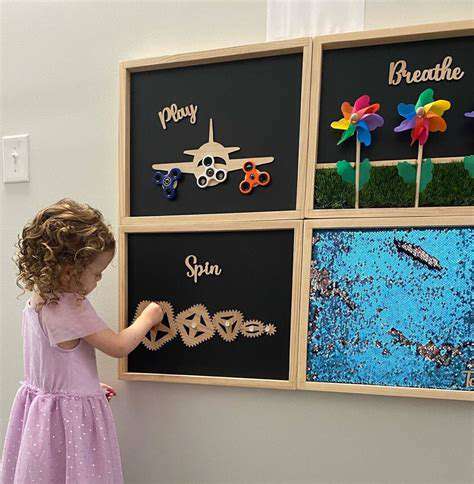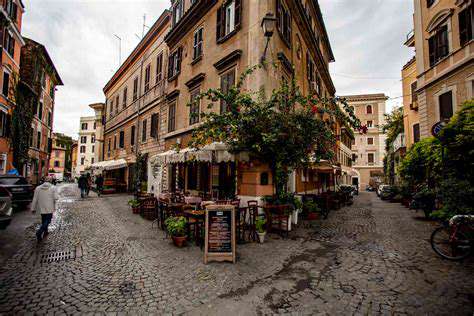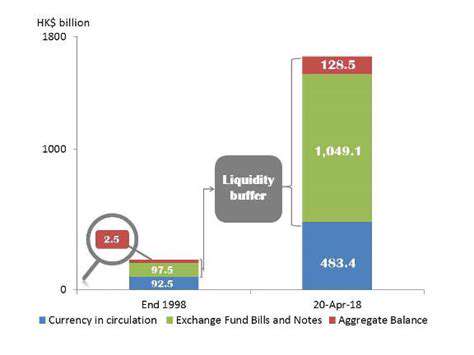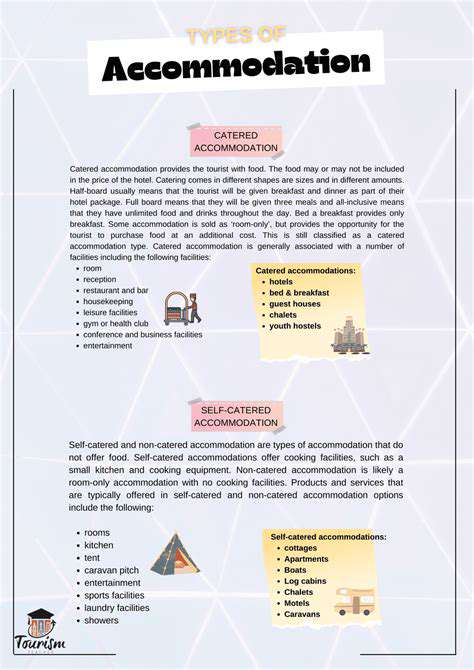A Food Lover's Guide to Oaxaca, Mexico
Beyond the Tourist Traps: Exploring Local Markets
Venturing beyond the well-trodden tourist paths unveils Oaxaca's pulsating local markets—the lifeblood of its culinary identity. These aren't mere shopping destinations but living, breathing chronicles of gastronomic heritage. At dawn, watch as vendors arrange pyramids of ripe avocados and dried chilies like edible art. By midday, the air thrums with rapid-fire Spanish negotiations over heirloom beans. This is where Oaxaca's food culture lives unfiltered—in the calloused hands shaping masa and the grandmothers scrutinizing squash blossoms.
Meander past stalls where the sharp citrus scent of limón agria mingles with woodsmoke from roasting cacao. Observe how generations-old relationships dictate which stall gets the first harvest of huitlacoche. The market's rhythm follows ancient patterns: morning for the freshest catch, afternoon for bargain hunters, twilight for secret ingredients chefs won't find elsewhere.
The Magic of Mole: A Deeper Dive
Oaxaca's mole sauces represent culinary alchemy perfected over centuries. While visitors might recognize mole negro's chocolate notes, few realize each village guards its own formula like state secrets. In Teotitlán del Valle, mole amarillo gets its golden hue from rare chilhuacle peppers. Santa María Atzompa's version incorporates hoja santa leaves for an anise-like whisper. The real magic happens in home kitchens where abuelas toast spices on comals until the moment they release their essential oils—a technique no industrial production can replicate.
Beyond the Tacos: Exploring Regional Specialties
While tacos dominate tourist menus, Oaxaca's culinary repertoire stretches far wider. Seek out tetelas—triangular masa pockets stuffed with black beans and quesillo that predate the Spanish conquest. Sample chapulines (toasted grasshoppers) from San Juan Bautista Cuicatlán, seasoned with garlic and lime. Each bite carries the imprint of microclimates—the briny tang of Isthmus seafood contrasts with the earthy mushrooms from cloud forests near Huautla de Jiménez.
The Art of Street Food: A Culinary Adventure
Oaxaca's streets transform into open-air kitchens as dusk falls. At makeshift puestos, blue corn embers toast tlayudas until they crisp like stained glass. Watch masters shape memelas with practiced flicks of their wrists—the perfect thickness to cradle frijoles without collapsing. The true connoisseur knows to follow the scent of banana leaves steaming tamales oaxaqueños near Santo Domingo church. These ephemeral meals disappear by sunrise, making predawn the best time to taste testos (stone-ground corn cakes) still warm from volcanic stone grinders.
The Importance of Fresh Ingredients: A Foundation of Flavor
Oaxacan cooks treat ingredients with near-religious reverence. Milpa corn varieties like bolita or pozolero aren't interchangeable—each brings distinct textures to tortillas. Chilhuacle negro chiles develop their raisin-like sweetness only when sun-dried on palm mats in the Mixteca region. Even water matters: traditionalists insist certain moles only achieve balance when prepared with mineral-rich spring water from specific valleys.
The Role of Spices and Herbs: A Symphony of Flavor
Seasoning in Oaxaca follows lunar cycles—epazote harvested under a waning moon supposedly has more potent digestive properties. Chefs create signature blends like hierbas de olor (a bouquet of marjoram, thyme, and Mexican oregano) that vary by altitude. The real artistry lies in timing: adding avocado leaves too early to beans makes them bitter, while toasting chilies a second too long turns them acrid.
The Impact of Traditional Techniques on Flavors
Ancient methods persist because they work. Clay comals impart a subtle minerality to tortillas that metal skillets can't replicate. Barbacoa cooked in maguey-lined pits absorbs the plant's vegetal sweetness. In Zaachila, women still grind cacao on metates warmed by their body heat—a process that preserves volatile flavor compounds destroyed by mechanical grinders. These techniques aren't just tradition; they're flavor science perfected through generations of trial and error.
The Essence of Oaxacan Cuisine: A Fusion of Traditions

A Celebration of Fresh Ingredients
What makes Oaxacan food extraordinary isn't just the ingredients but their provenance. The squash blossoms in your quesadilla likely came from a milpa where corn, beans, and squash grow in symbiotic harmony. Market vendors can trace most produce back to specific farmers—sometimes even identifying which hillside yielded the sweetest tomatoes that season. This deep connection between land and plate creates flavors that industrial agriculture simply cannot duplicate.
The Role of Spices and Herbs
Oaxaca's spice trade routes predate Columbus. Pre-Hispanic merchants traded vanilla from Totonac lands for Mixtec chilies, creating flavor marriages that endure today. Modern cooks still use ancestral techniques like toasting whole spices in clay ollas to unlock their full potential. The secret to perfect mole often lies in when ingredients are added—cloves go in early to mellow their bite, while cinnamon joins late to preserve its floral notes.
Traditional Cooking Methods
In remote villages, you'll find cooks who refuse to use gas stoves, insisting wood fires impart irreplaceable smokiness. The three-stone hearth (fogón) remains the gold standard for slow-cooked beans. Even modern restaurants often keep traditional temazcal ovens—not for show, but because the steam environment perfectly cooks masa for tamales. These methods create textures and flavors that modern equipment struggles to match.
Regional Variations and Influences
Geography writes Oaxaca's culinary map. Coastal towns like Puerto Escondido feature coconut-infused seafood stews reflecting Afro-Mexican heritage. The Sierra Norte's cold climate favors heartier dishes like amarillo broth with wild mushrooms. In the Central Valleys, Zapotec communities maintain pre-Columbian fermentation techniques for beverages like tejate. This diversity means traveling fifty miles can completely change your menu.
Beyond the Plate: A Cultural Experience
An Oaxacan meal engages all senses—the earthy aroma of fresh tortillas, the rhythmic slap of masa being formed, the vibrant palette of moles ranging from brick-red to inky black. Dining here isn't passive consumption but participation in living history. When a Mixtec host serves you atole in a jícara gourd, you're holding a vessel design unchanged since Monte Albán's heyday. The true flavor of Oaxaca lies in these unbroken connections between past and present.












![Exploring the Temples of Southeast Asia [Cultural Guide]](/static/images/27/2025-05/Myanmar27sGoldenPagodas3AASymphonyofSpirituality.jpg)